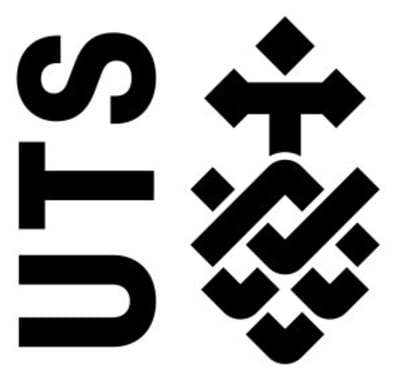
Master of Interaction Design
University of Technology Sydney

Key Information
Select location
Campus location
Sydney, Australia
Languages
English
Study format
On-Campus
Duration
1 - 3 year
Pace
Full time, Part time
Tuition fees
Request info
Application deadline
Request info
Earliest start date
Jul 2024
* in AUD per 24cp session
Introduction
While industry demand for skilled interaction designers and various other jobs, such as user experience (UX) designers, service designers etc., is increasing, there is a lack of formal education/training offered by universities in interaction design. This course is designed to provide students with the most current and requisite skills in this fast-evolving field. Graduates possess skills in industrially applicable and cost-effective information environments (i.e. multimedia, interactive systems design and associated information technology). The course provides industry with graduates who can combine these skills with those of their original discipline in professional applications-oriented settings. The course is committed to producing graduates who have a deep understanding of human-centred approaches to designing digital technologies. This ensures that 'products' created are more likely to 'fit' meaningfully into users' lives, because the design process is informed by a deep understanding of people's practices, particular situations and values. This course is attractive to different types of learners, namely: those who are currently working in a job that is not related to interaction design those working in jobs closely related to interaction design, and those already working in interaction design-related jobs.
In the core subjects students learn through the practice of an iterative human-centred design process to solve a real-world problem with actual users, developing skills to analyse, generate and transmit solutions to complex problems. They also gain advanced technical and theoretical knowledge in interaction design. Students also engage with interaction design for emerging computing contexts, gaining advanced knowledge and skills. Students develop advanced design skills (including autonomy, expert judgement, adaptability and responsibility) by focusing on learning professional practices in user experience projects, and through the capstone subject where they co-implement a project commissioned with an industry client, focusing on graduate-level outcomes. Skills to demonstrate knowledge adaptability and responsibility as a practitioner/learner are acquired through all the studio subjects where students have to adapt to the unpredictable processes of working with users, conducting fieldwork in the wild, iterating designs and testing with users, and the open-ended nature of an iterative design process. The studio subjects also allow students to demonstrate their responsibility as practitioners through developing project management and teamwork skills. Students develop skills to research and apply established theories to a body of knowledge or practice through the research methods-oriented subject, which involves developing a research plan, interview schedule, a set of probes and analysis of user research outcomes using interviews and probes. All three studio subjects include significant user research phases, focusing on the structured and systematic use of appropriate research tools in a professional context for ideation, development and validation of a design artifact, and requiring the application-established theories to design practice. Specialised knowledge and skills are developed through a choice from three modules focusing on either games design, data analytics or interaction programming. These modules include a combination of structured subjects focused on skills and knowledge development for each domain, and assist students to develop their autonomy, expert judgement and adaptability. They also include practical project-based subjects where students develop their specific skills in a project-based mode. Alternatively, students may choose to undertake a research project to produce new knowledge in the field of interaction design.
Graduates can gain employment in a range of technology design-related roles such as interaction designer, UX designer, UX researcher, service designer, or digital experience architect. For those currently working in closely related jobs, such as web design, graphic design, interface design, etc., this course provides the necessary formal training in the discipline in order to make a more definitive move into jobs in interaction design. Similarly, many find themselves working within the field of interaction design without formal training, and this course provides a good foundation and opportunities to extend their interaction design skills more formally. For those not working in a job related to interaction design, this course provides the opportunity to learn about the discipline and to transition into the various jobs under the interaction design umbrella.
Career Opportunities
Graduates can gain employment in a range of technology design-related roles such as interaction designer, UX designer, UX researcher, service designer, or digital experience architect. For those currently working in closely related jobs, such as web design, graphic design, interface design, etc., this course provides the necessary formal training in the discipline in order to make a more definitive move into jobs in interaction design. Similarly, many find themselves working within the field of interaction design without formal training, and this course provides a good foundation and opportunities to extend their interaction design skills more formally. For those not working in a job related to interaction design, this course provides the opportunity to learn about the discipline and to transition into the various jobs under the interaction design umbrella.